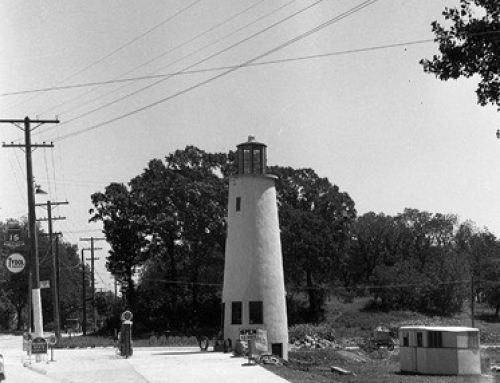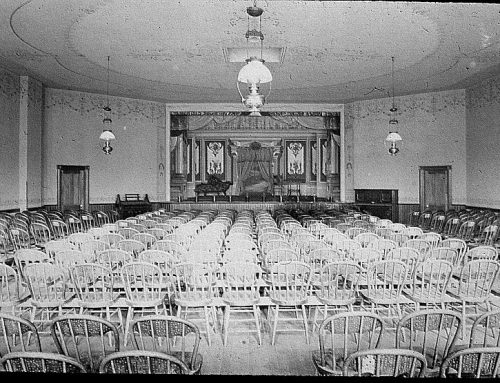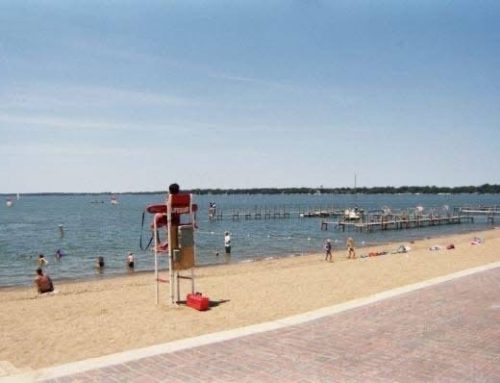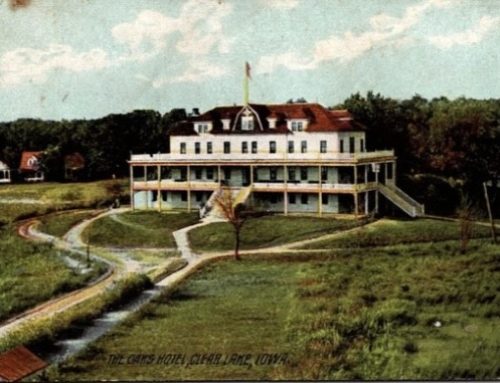Who are your people? Where do you come from? Genealogists tell us that if we only go back 12 generations, it took 4,096 great greats for you to be here. Even if your family tree is well defined, the nature of human beings needs to be considered. People love who they love and those couples sitting so pretty together on the branches were not always monogamous. A very well defined lineage certainly has some surprises along the way. All you need to do is take a DNA test and marvel over your unexpected results. Our pedigrees probably all intersect at some point.
In his book SK, Sam Kennedy lays out a couple generations of the Kennedy family and tells the story of their venture into the vegetable farming business. From the early 1900’s to recent days, this potato, onion, carrot and beet farm was well known both locally and nationally. If you ate Dinty Moore beef stew ( one of the three staples that kept my brother alive) or fed your baby Gerber carrots, you had Kennedy Farms produce.
In addition to their vegetable crops and civic engagement, the Kennedy family added richness and diversity to our community. Over the years they developed deep relationships with people who were then described as migrant labor. Sam and his sons Jim and Jack depended on these hard working partners to make the farms a success. They could not have done it without these valued employees. The workers in turn benefited from good jobs and kind bosses. And Clear Lake got the gift of culture and friendship from our Mexican neighbors.
Lots of evidence exists to tell the happy story of the esteem Kennedy Farms held for their partners. In a Globe Gazette article on March 28 of 1969 about the challenges and benefits of migrant workers, Kennedy Farms are singled out.
“ The Sam Kennedy vegetable farm southeast of Clear Lake probably has the best housing for migrants that was inspected. If all housing was equal to the facilities at that farm, we would have no problems.”
Many Clear Lakers will remember the two buildings that sat approximately where today’s Mercy Clinics are. The brightly painted cinder block buildings housed 10 apartments. In addition to the apartments, the Kennedy family owned several homes on east main, across the street from their homes. Workers who chose to make Clear Lake their permanent homes lived in these houses.
Mary Kennedy Larsen recalls Francis and Rose as being important members of family life. They helped out with household chore including frequently babysitting Mary and her brothers and cousins. She remembers dinners together where her picky eating father had trouble with the menu, but she enjoyed the authentic dishes.
In about 1970, Paul Willis was shopping at a night market in Mexico. His blonde hair and English language quickly identified him as from the North. A man at the market approached him and asked where he was from. Paul told him he was from Iowa, close to Clear Lake. The man was delighted! He told Paul that he knew the area well. He was a return worker at Kennedy Farms because he liked the way they treated him. With respect and dignity.
So for years they came. They brought lively music and vibrant clothing that was often exquisitely embroidered. And the food! They had authentic food that didn’t come out of a prepackaged box. At a time when cilantro was exotic, we were introduced to dishes that quickly became favorites. We were enriched by our neighbors and the friendships we nurtured.
My husband Ron spent many seasons working with the people who chose to come here. He recalls that they made back breaking work fun. Their smiles and offers of tortillas did indeed find their way to his heart. He learned lots from their independence and honesty. He stopped fudging on break times and lunch hours to keep up with their work ethics.
The people who migrated stayed until the harvest was finished. Their kids went to school and played alongside us at recess. In late October or early November we missed them when they returned south.
But the permanent residents graduated from Clear Lake. Dr Hector Ibarra was one. His career has been nothing short of outstanding! A lifelong innovative teacher, a few of his numerous awards include – Milken Educator of 1993, National Teachers Hall of Fame 1998, 2002 Christa McAuliffe fellowship, 2004 Disney Hand Educator Award, and 2005 PDK Walmart National Teacher of the year. He was a Fulbright Master Teacher and sited by President Clinton for excellence in science teaching.
Hector has fond memories of growing up in Clear Lake. His 4th grade teacher at Lincoln Elementary, Miss Myrtle Olson, saw the potential in this young boy. Along with principal Grace Anderson, they encouraged him to pursue his education. Hector also credits numerous high school instructors with lighting the fire that propelled him to follow his dreams.
He has earned great respect and innumerable awards, but they don’t count as his greatest accomplishments. When he came home to pay his respects to Myrtle Olson he was invited to join the small prayer circle of intimate friends and family. His voice turns husky as he remembers this honor.
Hector’s buddies include the Kennedy kids. He maintains those friendships to this day and notes how they become more important as time passes. He recently came back to say goodbye to Wanda Kennedy. She was another mentor in his life. Woody Kennedy, Sams second wife after being widowed, was very influential to him. She befriended young Hector and hired him to help her in her beloved yard and garden. They enjoyed each others company. And Hector really enjoyed the hot muscle car his wages bought.
The impact of the unique partnership between Kennedy Farms and the workforce is woven into the fabric of Clear Lake. Religious and wisdom literature teaches us to treat others as we’d like others to treat us. Considering that they might be- heck probably are- our cousins on some tree branch, that’s a fine rule to live by.
Are you interested in fleshing out your family tree? The CLPL offers both Ancestry International and Family Search within our beautiful Carnegie library. Want to explore more about Kennedy Farms or Clear Lake? Come see us in the History Room. We also love to swap stories, so we welcome your contributions to our collective history. And as always it’s all FREE!





